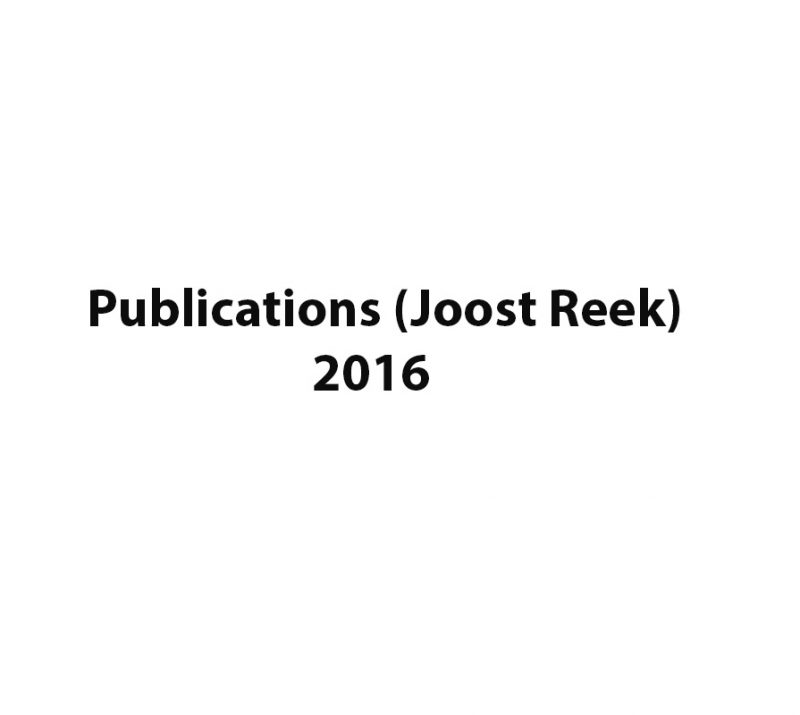
Eduard O. Bobylev, David A. Poole III, Bas de Bruin, and Joost N. H. Reek
Chemistry A European Journal, 2021, 27(49), 12667-12674
DOI: 10.1002/chem.202101931

Abstract
Avoiding the unwanted: Robust Pt12L24assemblies were selectively formed by a combination of thermodynamic tuning, achieved by rigidifying the ligands, and kinetic tuning with catalytic amounts of additives. The described methodology can be applied to prepare a variety of functionalised platinum assemblies that were shown to be kinetically stable against biologically and catalytically relevant substrates.
Supramolecular coordination-based self-assembled nanostructures have been widely studied, and currently various applications are being explored. For several applications, the stability of the nanostructure is of key importance, and this strongly depends on the metal used in the self-assembly process. Herein, design strategies and synthetic protocols to access desirable kinetically stable Pt12L24nanospheres are reported, and it is demonstrated that these are stable under conditions under which the palladium counterparts decompose. Descriptors previously used for palladium nanospheres are insufficient for platinum analogues, as the stronger metal–ligand bond results in a mixture of kinetically trapped structures. We report that next to the dihedral angle, the rigidity of the ditopic ligand is also a key parameter for the controlled formation of Pt12L24nanospheres. Catalytic amounts of coordinating additives to labilise the platinum-pyridyl bond to some extent are needed to selectively form Pt12L24assemblies. The formed Pt12L24nanospheres were demonstrated to be stable in the presence of chloride, amines and acids, unlike the palladium analogues.


